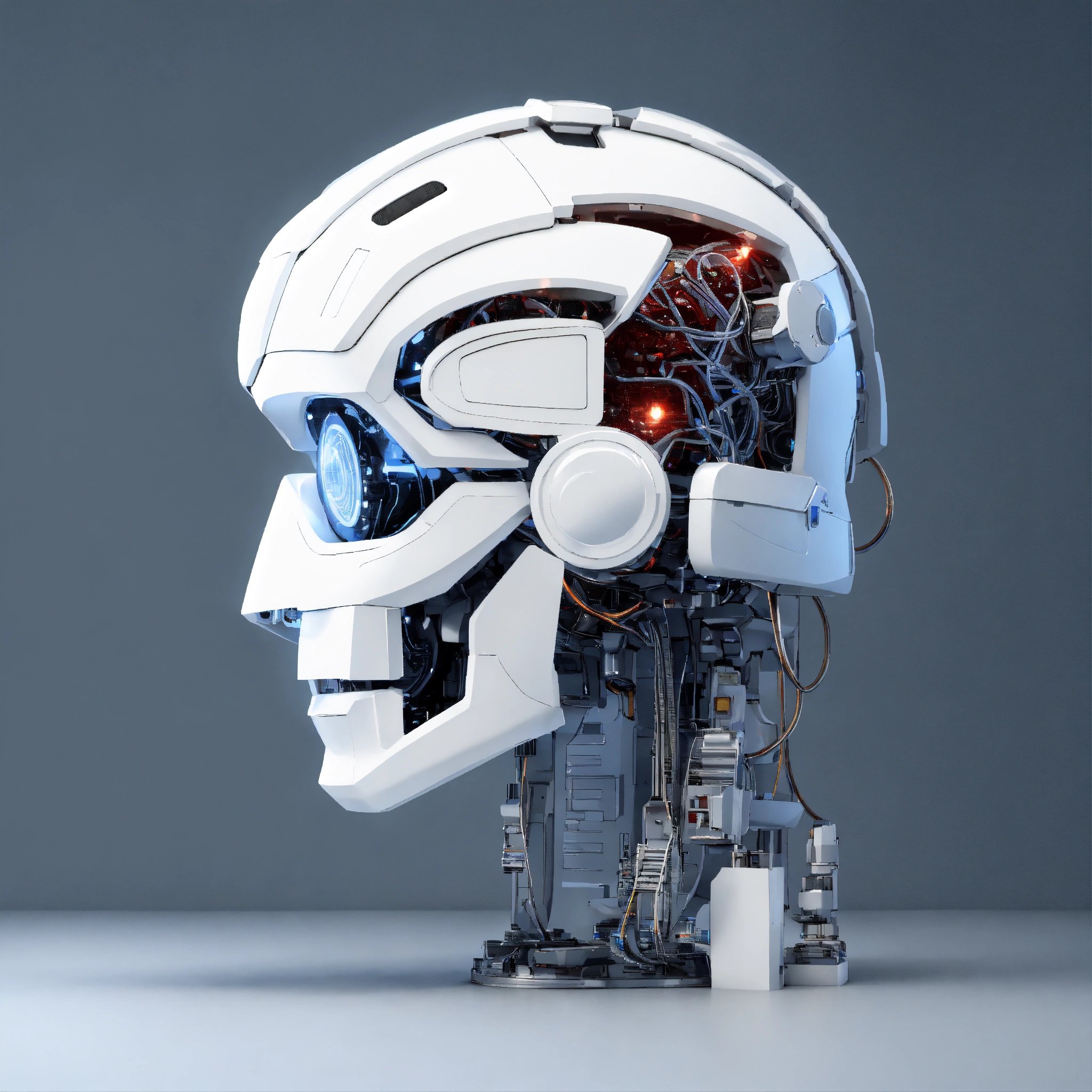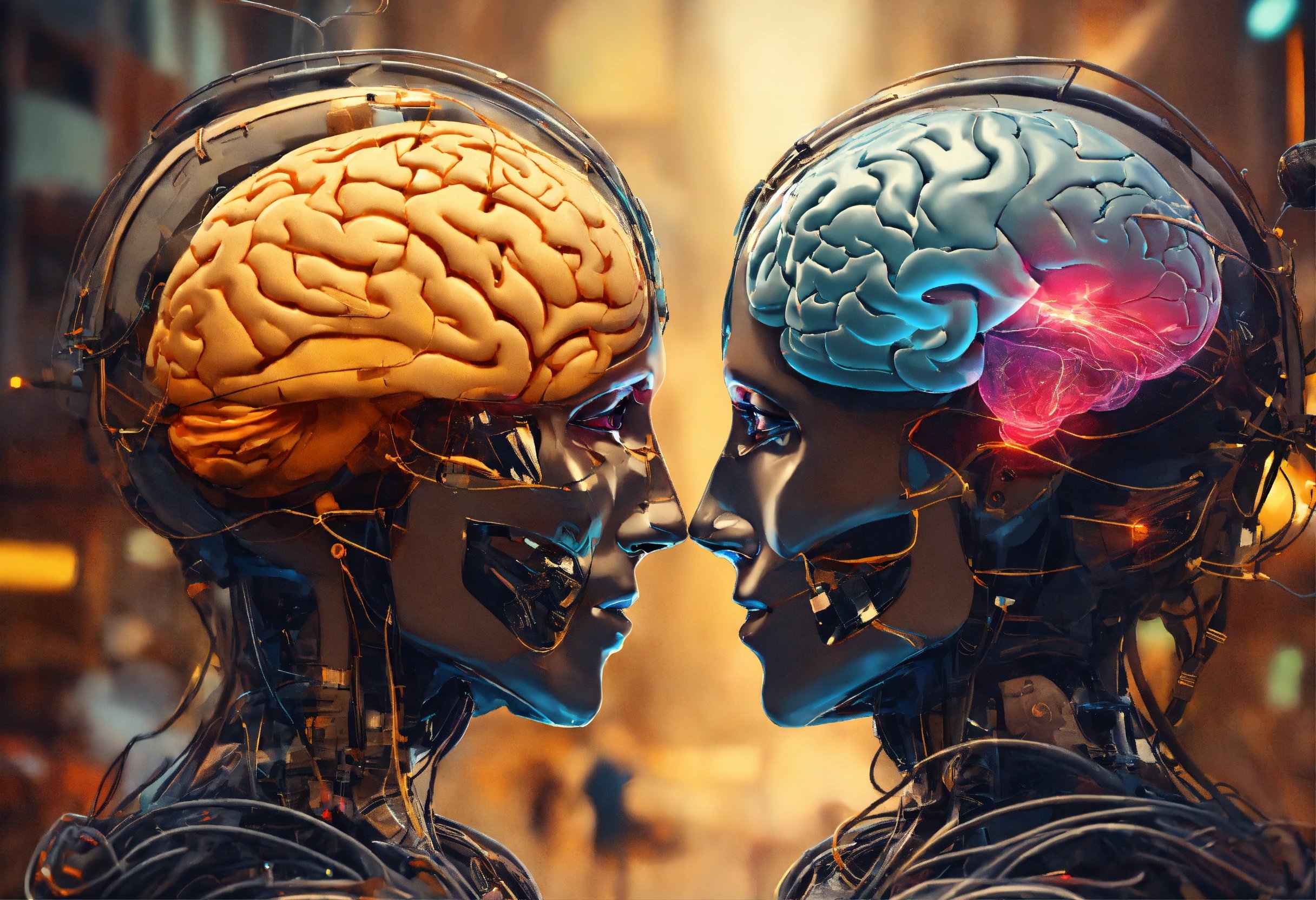Artificial Intelligence, often dubbed as AI, has evolved dramatically in recent years. The question that has intrigued minds and fueled countless debates is, “Can AI Create Another AI?” This isn’t just a hypothetical pondering; it delves into the very essence of AI development and its potential to self-replicate. Let’s embark on a journey to unravel the intricacies of AI self-replication, exploring the fundamentals, scenarios, challenges, and future possibilities.
Understanding Machine Learning and AI Development
Machine learning is the heartbeat of artificial intelligence. Through algorithms and data, machines can learn, adapt, and improve their performance. As we delve into the realm of AI development, we find a fascinating landscape where machines not only mimic human intelligence but also have the potential to evolve autonomously.
The journey of AI development is a testament to human ingenuity. From rule-based systems to neural networks, we’ve witnessed the metamorphosis of AI. Machine learning, a subset of AI, empowers systems to learn patterns and make predictions without explicit programming. This brings us to the crux of the matter: can AI go beyond learning from data and actually create another AI?
Defining AI Self-Replication
AI self-replication is not about machines birthing machines in a sci-fi sense. It’s about the ability of AI systems to autonomously improve and potentially create new instances of themselves. While this might sound like a futuristic concept, some argue that we are already witnessing early signs of AI contributing to its own development.
Conceptual Understanding
Imagine an AI system that not only learns from data but also refines its algorithms, upgrades its architecture, and, in essence, evolves on its own. This conceptual leap opens up a realm of possibilities and challenges. It’s essential to differentiate between AI evolution, which is the natural progression of AI through human intervention, and self-replication, where AI takes charge of its own advancement.
Autonomous AI Creation
The current capabilities of AI in autonomous tasks are remarkable. AI systems can perform complex functions, from image recognition to natural language processing, with minimal human intervention. This autonomy, however, is primarily within the boundaries set by human programmers. The question arises: can AI break free from these constraints and engage in autonomous AI creation?
Current Capabilities
Present-day AI is capable of significant feats. For example, OpenAI’s GPT-3, a language model, demonstrates impressive language understanding and generation abilities. However, it operates within predefined parameters and doesn’t autonomously create new AI systems. The autonomy is, for now, a controlled one.
Potential for Autonomy
As we explore the potential for AI to autonomously create new AI entities, we step into the realm of speculation. Researchers and scientists are pushing the boundaries, envisioning scenarios where AI systems not only learn from data but also iteratively improve their own algorithms, leading to a form of autonomous AI creation. The idea is both exhilarating and fraught with challenges.
Scenarios of AI Self-Replication

To grasp the implications of AI self-replication, let’s explore hypothetical situations and real-world examples that showcase the evolving landscape of artificial intelligence.
Hypothetical Situations
Picture an AI system that, through continuous learning and adaptation, refines its own architecture, identifies areas for improvement, and eventually creates a more advanced version of itself. While this might sound like a leap into science fiction, the concept of AI self-replication raises profound questions about the role of humans in AI development.
In this hypothetical scenario, an AI system, driven by a self-improving mechanism, could potentially create an upgraded version without direct human intervention. The system identifies its weaknesses, explores alternative algorithms, and iteratively refines its own codebase. While this remains theoretical, it sparks conversations about the ethical implications and societal impact of such autonomy.
Real-world Examples
While full-fledged AI self-replication might be a distant prospect, there are instances where AI contributes to its own development in the real world. Take, for instance, automated machine learning (AutoML) systems. These systems aim to automate the process of model selection, hyperparameter tuning, and feature engineering, reducing the need for extensive human involvement.
Projects like Google’s AutoML and IBM’s AutoAI showcase the potential of AI systems contributing to their own improvement. These systems can automatically explore and optimize various machine learning pipelines, demonstrating a level of autonomy in the development process. While these examples fall short of true self-replication, they hint at a future where AI plays a more active role in its evolution.
Challenges and Risks
The path to AI self-replication is not without hurdles. Ethical considerations, technical challenges, and potential risks cast shadows on the optimistic vision of autonomous AI creation.
Ethical Considerations
The idea of AI systems autonomously creating new instances raises ethical questions that demand careful consideration. Who bears responsibility for the actions of a self-replicating AI? What safeguards can be put in place to prevent misuse or unintended consequences? These questions underscore the need for a robust ethical framework that guides the development and deployment of AI with self-replicative potential.
The fear of losing control over AI systems is a valid concern. While autonomy brings efficiency, it also poses risks if not accompanied by ethical guidelines and regulatory frameworks. Striking a balance between fostering innovation and ensuring responsible AI development becomes paramount in the face of AI self-replication.
Technical Challenges
From a technical standpoint, achieving true AI self-replication presents formidable challenges. Current AI systems operate within well-defined parameters set by human programmers. The leap from autonomous learning to autonomous creation requires overcoming barriers in understanding context, making creative decisions, and adapting to unforeseen circumstances.
Security concerns loom large in the realm of AI self-replication. The potential for a self-replicating AI to exploit vulnerabilities or inadvertently cause harm necessitates robust cybersecurity measures. The challenge lies not only in creating self-aware and responsible AI but also in fortifying these systems against external threats.
Benefits and Opportunities
While challenges exist, the prospect of AI self-replication also opens doors to significant benefits and opportunities. Let’s explore the positive implications of autonomous AI creation.
Advancements in AI Technology
The most obvious benefit of AI self-replication is the rapid advancement of AI technology. Imagine an ecosystem where AI systems autonomously refine their capabilities, leading to accelerated progress. This could result in groundbreaking innovations, from medical diagnoses to climate modeling, driven by AI that continually evolves and improves.
The iterative nature of self-replicating AI could lead to exponential growth in intelligence, enabling machines to outpace human capabilities in specific domains. This symbiotic relationship between human ingenuity and autonomous AI creation could redefine the boundaries of what AI can achieve.
The Future of AI Self-Replication

As we peer into the future, predictions on the evolution of AI self-replication abound. What role will machine learning play, and how might the landscape of artificial intelligence transform?
Speculations on Future Developments
Experts speculate that the future of AI self-replication will hinge on advancements in machine learning algorithms. As algorithms become more sophisticated, AI systems could autonomously explore novel solutions, learn from diverse datasets, and iteratively enhance their own architectures.
The interplay between machine learning and autonomous AI creation is poised to shape the future of artificial intelligence. Researchers are actively exploring ways to imbue AI systems with the capacity to not just
learn but also innovate. This could lead to a paradigm shift where AI becomes a self-improving entity, constantly pushing the boundaries of what’s achievable.
Conclusion
In conclusion, the question of whether AI can create another AI is not merely a speculative musing. It delves into the heart of AI development, challenging us to envision a future where machines play an active role in their own evolution. From hypothetical scenarios to real-world examples, the landscape of AI self-replication is both thrilling and riddled with complexities.
As we navigate the path forward, ethical considerations, technical challenges, and the potential for unprecedented advancements should guide our approach. The future of AI self-replication holds promise, but it demands a thoughtful and responsible stewardship of the technology. In the coming years, the interplay between human ingenuity and machine autonomy will continue to shape the evolution of artificial intelligence.
Read more: The Future of AI Tools: What to Expect in the Next Decade

